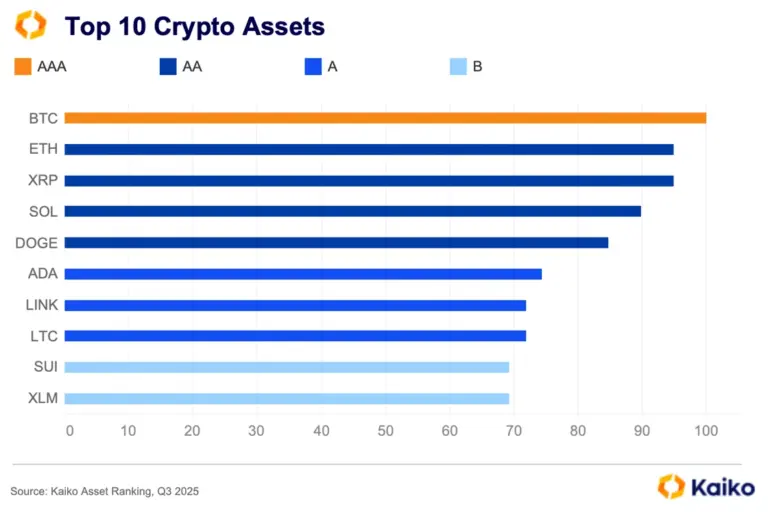Data Points
Price plunge highlights need for unique risk indicators.
After last week’s price crash, risk management is back in focus. We find Value at Risk (VaR) a highly useful tool, as it quantifies potential portfolio losses and their probability. It serves as a loss metric at a given confidence level, such as 99% or 95% VaR. Our methodology accounts for the unique nature of crypto markets, providing a more comprehensive risk profile.
Our approach prioritizes recent data over older data, often resulting in a higher VaR than traditional methods. This helps capture the volatile nature of crypto markets and provides a better understanding of potential losses.
For example, during the recent August crash, our 99% VaR for a BTC/ETH portfolio rose from $6,000 on August 1 to $9,000 on August 8. This means we statistically expect losses of $9,000 or more one day out of every 100. Our method’s quick response to new data enhances real-time risk management, unlike traditional methods that rely heavily on historical data.

Heightened risk persists in crypto as equities cool off.
Crypto markets experienced a surge in volatility last week, driven by macroeconomic news that unsettled investors. According to our Data+ dashboard, Bitcoin’s realized volatility reached its highest level since April. Meanwhile, implied volatility, which gauges expected future price fluctuations, also increased sharply. On Monday, the implied volatility of Bitcoin contracts on Deribit with a one-month expiry hit 71%.
Concurrently, the VIX index, which tracks expected volatility in U.S. equities, peaked at 65.7 on Monday, a level not seen since the COVID-19 pandemic. By the end of the day, the VIX stood at 39, with Friday’s high at 25, a stronger slowdown than BTC’s that decreased to only 56%.

Meanwhile, implied volatility has been slower to cool off in crypto, despite falling 9 percentage points over the week; the risk of near-term volatility remains high.
The implied volatility on near-term contracts remains higher than that of longer-dated contracts. This is known as an inverted term structure and suggests there’s a risk of more volatility spikes in the short term.

Bitcoin underperforms gold during the recent sell-off.
Bitcoin has underperformed gold during the recent selloff, moving in tandem with tech equities. The BTC to gold ratio, which measures the relative performance of the two assets, dropped to its lowest level since February on Aug. 5, despite inching up slightly since then. When the ratio declines, Bitcoin underperforms, and vice versa.

Does this recent underperformance mean that Bitcoin is losing its safe-haven appeal?
While most ETF issuers are pitching Bitcoin as a complement or an alternative to gold, the two assets have different fundamental drivers. This is evident when looking at the 60-day correlation between Bitcoin and gold, which has been fairly weak, oscillating between -0.3 and 0.3 over the past two years. Bitcoin’s price has been closely tied to U.S. markets and has largely benefited from increasing institutional adoption following the launch of spot ETFs in January.

In contrast, gold has shown resilience to tightening global monetary policy, boosted by strong central bank demand. Central bank gold purchases doubled in 2022 and have remained high in 2023.


![]()
![]()
![]()
![]()
















